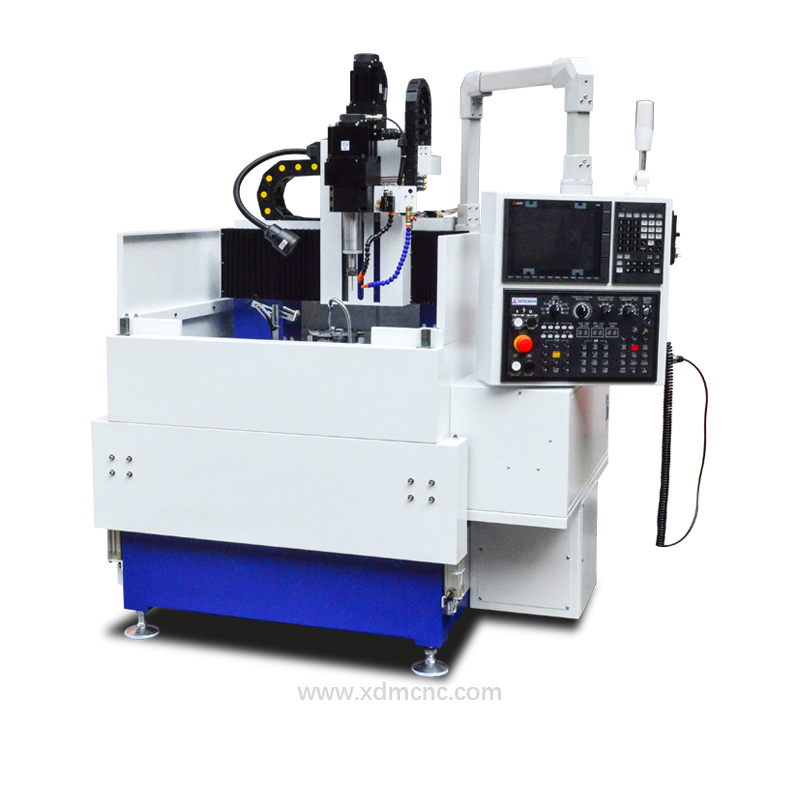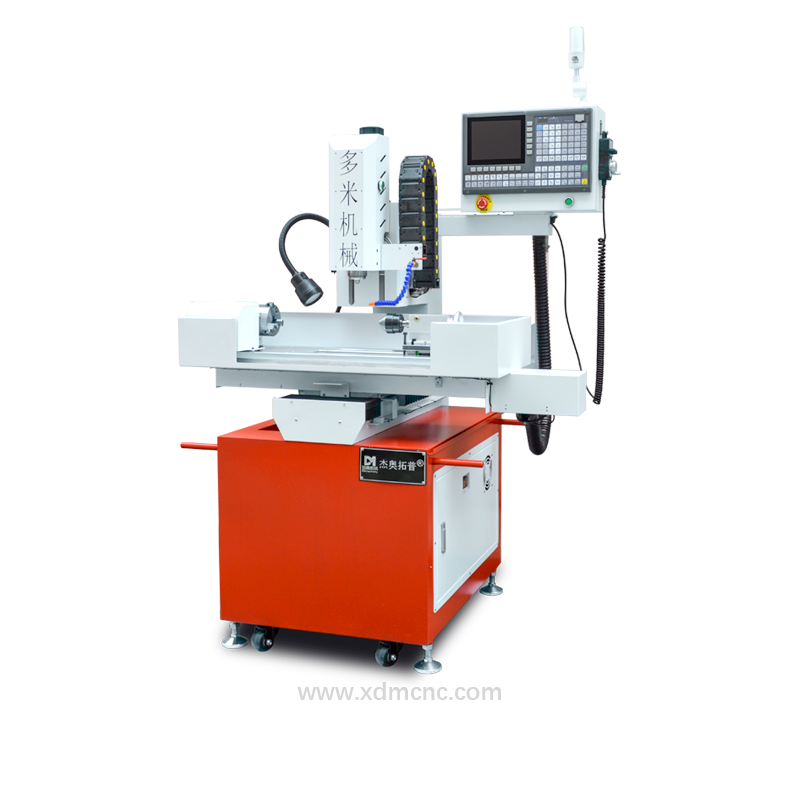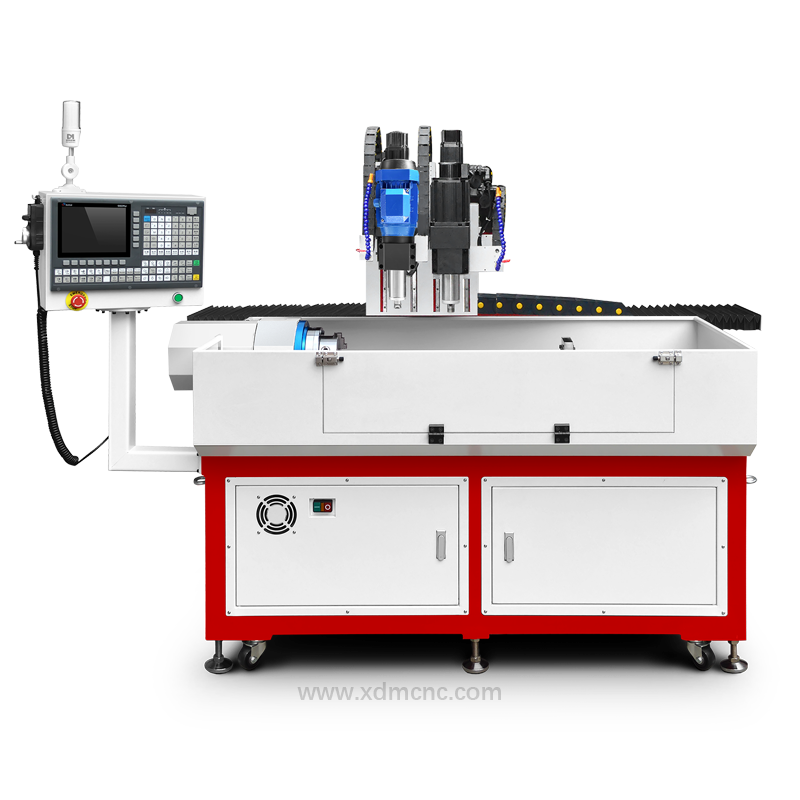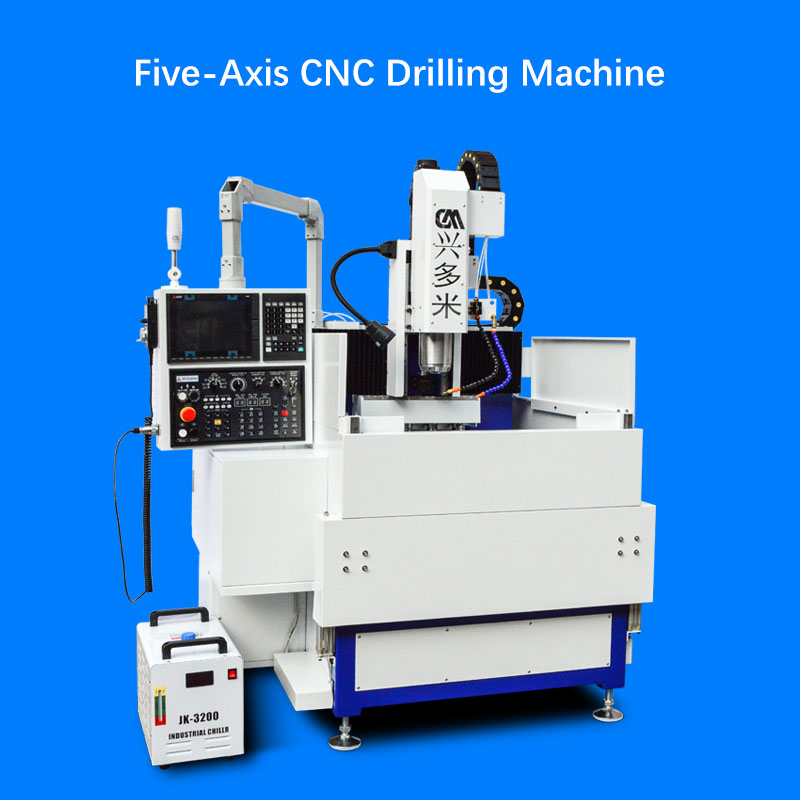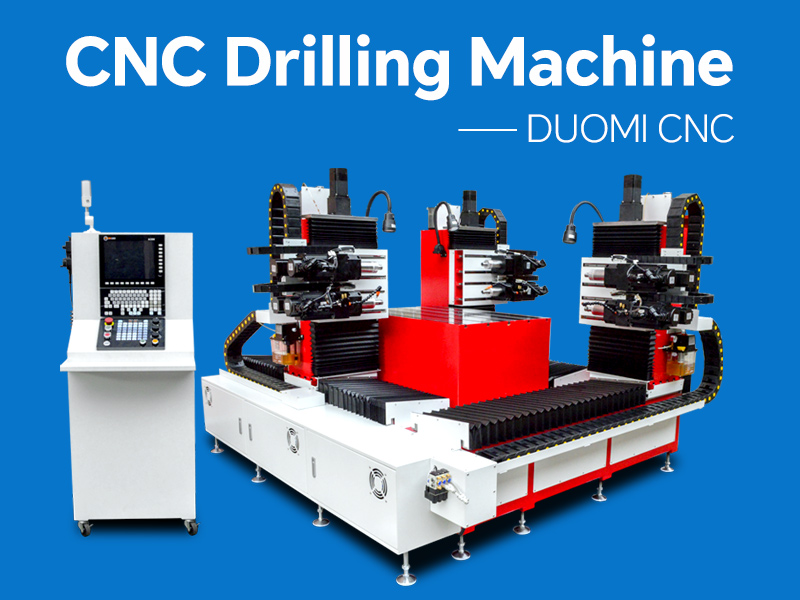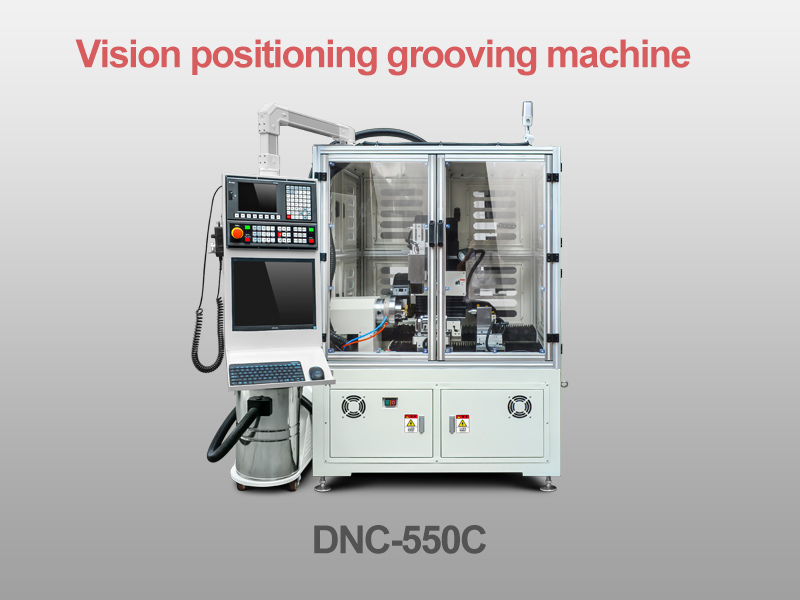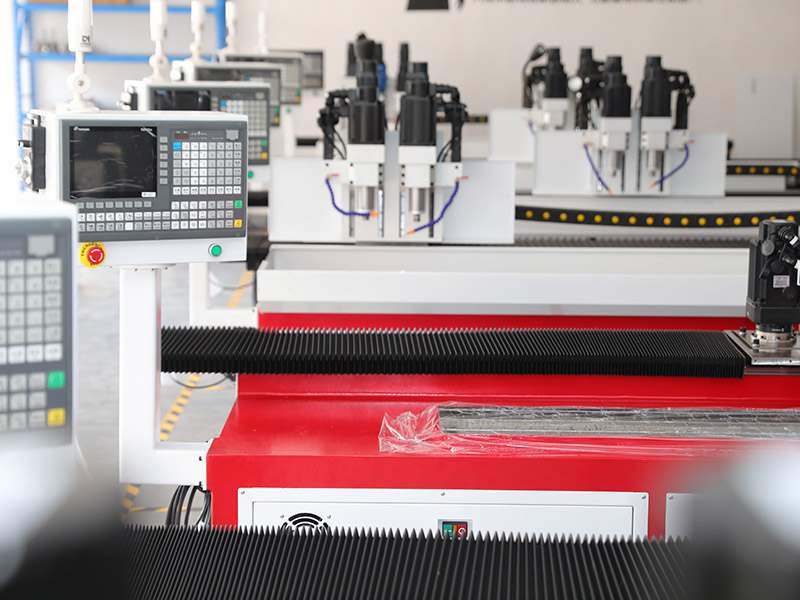Introduction:
CNC (Computer Numerical Control) drilling machines are an essential part of modern manufacturing. These machines are designed to create precise and efficient holes in various materials, including metals, plastics, and composites. With advanced automation and software integration, CNC drilling machines have transformed industries such as aerospace, automotive, construction, and electronics. In this article, we will explore the key aspects of CNC drilling machines, their types, working principles, advantages, applications, and future trends.
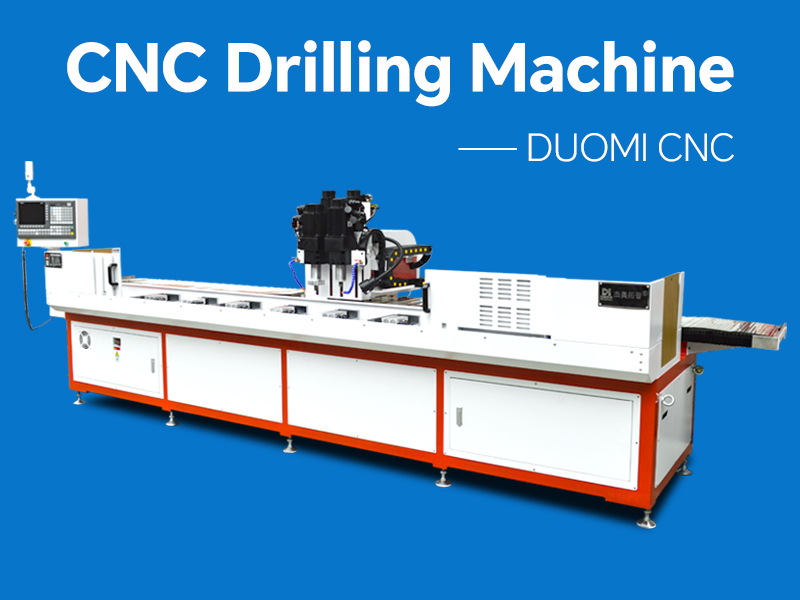
What is a CNC Drilling Machine?
A CNC drilling machine is a computer-controlled device used to create holes with high precision and efficiency. Unlike manual drilling machines, which require human intervention, CNC drilling machines operate autonomously based on pre-programmed instructions. These machines are often part of a larger CNC machining center that can perform multiple operations, including milling, tapping, and reaming.
Types of CNC Drilling Machines
CNC drilling machines come in various configurations, each suited for specific applications. The most common types include:
1. Vertical CNC Drilling Machines
The spindle is oriented vertically.
Suitable for drilling holes in flat surfaces.
Commonly used in metalworking and wood industries.
2. Horizontal CNC Drilling Machines
The spindle is positioned horizontally.
Ideal for drilling deep holes and side holes in long workpieces.
Often used in the automotive and aerospace industries.
3. Multi-Spindle CNC Drilling Machines
Equipped with multiple spindles to drill several holes simultaneously.
Increases productivity and reduces machining time.
Suitable for mass production in industries like electronics and furniture manufacturing.
4. Deep Hole CNC Drilling Machines
Designed for drilling deep holes with high precision.
Used in applications such as oil and gas equipment manufacturing.
5. Gantry CNC Drilling Machines
Large-scale machines with a gantry structure.
Used for drilling large workpieces, such as shipbuilding components.
Working Principle of CNC Drilling Machines
CNC drilling machines operate based on pre-programmed instructions that control the movement of the spindle and cutting tools. The typical working process includes:
CAD/CAM Design - The operator designs the drilling pattern using CAD (Computer-Aided Design) software and converts it into machine-readable G-code via CAM (Computer-Aided Manufacturing) software.
Material Setup - The workpiece is secured on the machine table using clamps or fixtures.
Tool Selection - The machine selects the appropriate drill bit based on the program specifications.
Drilling Process - The spindle moves according to the programmed path and drills the holes at specified depths and diameters.
Quality Check - The finished workpiece is inspected for accuracy using measuring instruments.
Advantages of CNC Drilling Machines
CNC drilling machines offer numerous benefits over traditional manual drilling, including:
High Precision - CNC technology ensures accurate hole placement and consistent depth.
Increased Productivity - Automated drilling reduces processing time and labor costs.
Versatility - CNC drilling machines can handle a wide range of materials and hole sizes.
Reduced Human Error - Pre-programmed operations minimize the risk of mistakes.
Scalability - Ideal for both small-batch and mass production.
Enhanced Safety - Automated processes reduce the need for manual intervention, minimizing workplace accidents.
Applications of CNC Drilling Machines
CNC drilling machines are used across various industries, including:
Aerospace - Drilling precision holes in aircraft components.
Automotive - Manufacturing engine parts and chassis components.
Electronics - Drilling PCB (Printed Circuit Board) holes for electronic devices.
Construction - Producing steel and concrete structures.
Medical Equipment - Manufacturing surgical instruments and implants.
Key Considerations When Choosing a CNC Drilling Machine
When selecting a CNC drilling machine, manufacturers must consider several factors:
Spindle Speed and Power - Determines drilling efficiency and material compatibility.
Worktable Size - Must accommodate the dimensions of the workpiece.
Tool Change Mechanism - Automatic tool changers improve efficiency.
Software Compatibility - Supports seamless CAD/CAM integration.
Maintenance Requirements - Regular upkeep ensures long-term performance.
Future Trends in CNC Drilling Machines
The CNC drilling industry is evolving rapidly, with several emerging trends shaping its future:
AI and Machine Learning - Enhancing process automation and predictive maintenance.
IoT Integration - Enabling real-time monitoring and data analysis.
Advanced Materials - Adapting to new composite and lightweight materials.
Energy Efficiency - Developing eco-friendly drilling solutions.
Conclusion
CNC drilling machines are a cornerstone of modern manufacturing, offering unmatched precision, efficiency, and automation. As technology continues to advance, these machines will play an even greater role in various industries. Whether you are a manufacturer looking to enhance productivity or an engineer exploring advanced machining solutions, investing in CNC drilling technology can provide significant long-term benefits.




